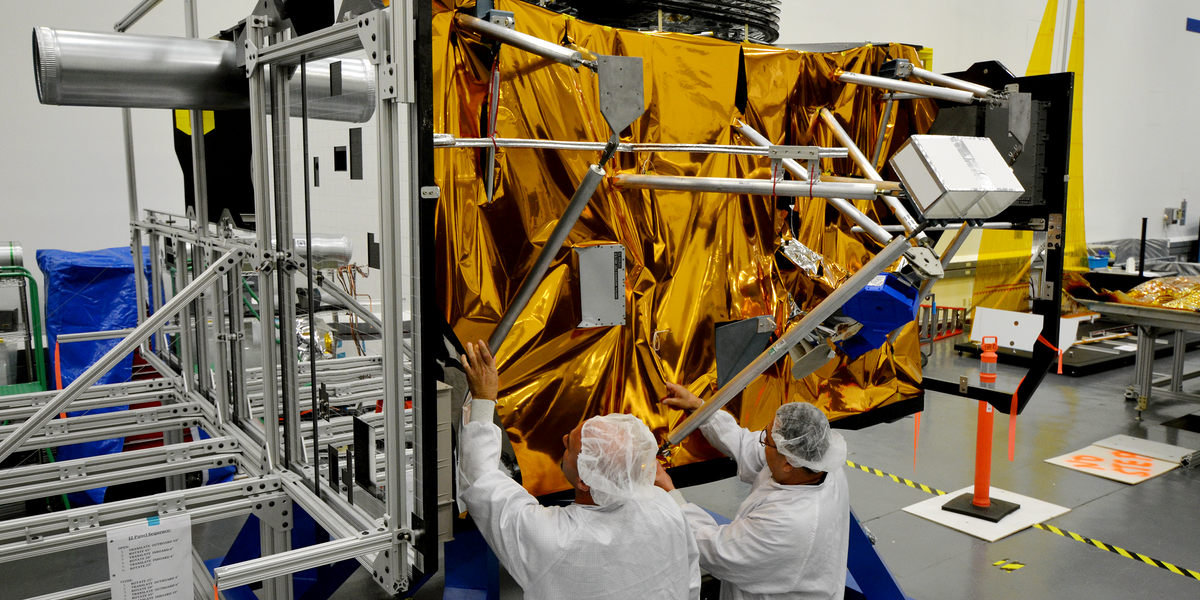You could be interested in how the James Webb Space Telescope (JWST) is storing its stunning pictures now that it is functional and taking them. According to IEEE Spectrum, it has an unusually small 68GB SSD, which is only big enough to store a day's worth of JWST photos.

While that would seem comically small for a $10 billion satellite, there were other factors that come into play when NASA decided on the design. The JWST operates at a temperature of less than 50 degrees above absolute zero and is located a million miles from Earth, where it is assaulted by radiation (-370 degrees F). The SSD must therefore follow a thorough certification process and undergo radiation protection, just like all other parts.
The telescope's 48 Mbps command and data handling subsystem enables it to be nearly filled in as little as 120 minutes, while not being nearly as fast as consumer SSDs (ICDH). The JWST can link to the Deep Space Network using a 25.9 Ghz Ka-band frequency and send data back to Earth at a rate of 28 Mbps at the same time.
That means that even though it collects much more data than Hubble ever did (57GB compared 1-2GB per day), it can send all of that data back to Earth in just 4.5 hours. It does this twice daily during 4-hour contact windows that each permit the transfer of 28.6GB of scientific information. In other words, there is no need to preserve the pictures on the telescope itself; it only needs enough space to capture a day's worth of images.
There is, however, one wonder. At the end of the JWST's 10-year lifespan, NASA estimates that only 60GB of storage will be accessible owing to wear and radiation, and 3 percent of the drive is used for engineering and telemetry data storage. The JWST will have extremely little margin for mistakes, which raises the question of whether it will last as long as Hubble, which is still operating after 32 years.
Source: Engadget


